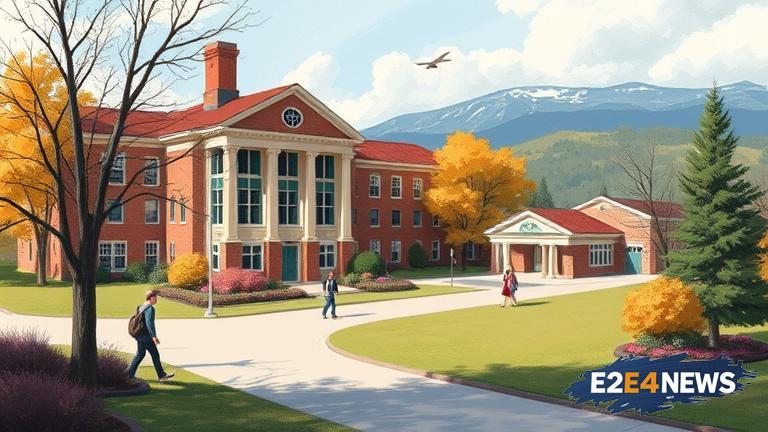The Hunter region, located in New South Wales, Australia, is undergoing a notable transformation in its education landscape. Independent schools in the area are experiencing a substantial increase in enrollment, with many institutions reporting waitlists and increased interest from parents. This trend is attributed to various factors, including the perceived higher quality of education, smaller class sizes, and specialized programs offered by independent schools. On the other hand, public schools in the region are facing declining enrollment numbers, which has raised concerns among educators and policymakers. The decline in public school enrollment is largely due to the increasing popularity of independent schools, as well as demographic changes in the region. According to recent data, the number of students attending independent schools in the Hunter region has increased by over 10% in the past five years, while public school enrollment has decreased by approximately 5% during the same period. This shift has significant implications for the region’s education system, with potential consequences for funding, resources, and teacher allocation. Independent schools in the Hunter region are investing heavily in infrastructure and facilities, with many institutions undergoing major renovations and expansions. This investment is aimed at providing students with state-of-the-art learning environments and amenities, which is a major drawcard for parents seeking high-quality education for their children. The rise of independent schools in the region is also attributed to the growing demand for specialized programs, such as STEM education, arts, and sports. Many independent schools in the Hunter region are offering innovative and tailored programs that cater to the diverse needs and interests of students. In contrast, public schools in the region are facing challenges in providing similar programs and resources due to funding constraints and limited resources. The decline of public schools in the Hunter region has raised concerns about equity and access to education, particularly for disadvantaged students who may not have the means to attend independent schools. Educators and policymakers are calling for increased funding and support for public schools to address the decline in enrollment and ensure that all students have access to quality education. The Hunter region’s education landscape is likely to continue evolving, with independent schools playing an increasingly prominent role. As the demand for high-quality education continues to grow, it is essential for policymakers and educators to work together to ensure that all students, regardless of their background or socioeconomic status, have access to excellent educational opportunities. The rise of independent schools in the Hunter region is a complex issue, with multiple factors contributing to the trend. While independent schools offer many benefits, including smaller class sizes and specialized programs, they also present challenges, such as increased costs and potential inequities. Ultimately, the goal of providing high-quality education to all students must be prioritized, and policymakers and educators must work together to achieve this objective. The Hunter region’s education system is at a crossroads, and it is essential to address the challenges and opportunities presented by the rise of independent schools. By investing in public schools and providing support for disadvantaged students, it is possible to create a more equitable and accessible education system that benefits all members of the community. The future of education in the Hunter region will depend on the ability of policymakers and educators to adapt to changing trends and priorities, while ensuring that all students have access to excellent educational opportunities. In conclusion, the surge in independent school enrollment in the Hunter region is a significant trend that has major implications for the region’s education system. While independent schools offer many benefits, it is essential to address the challenges and inequities presented by this trend, and to work towards creating a more accessible and equitable education system for all students.





